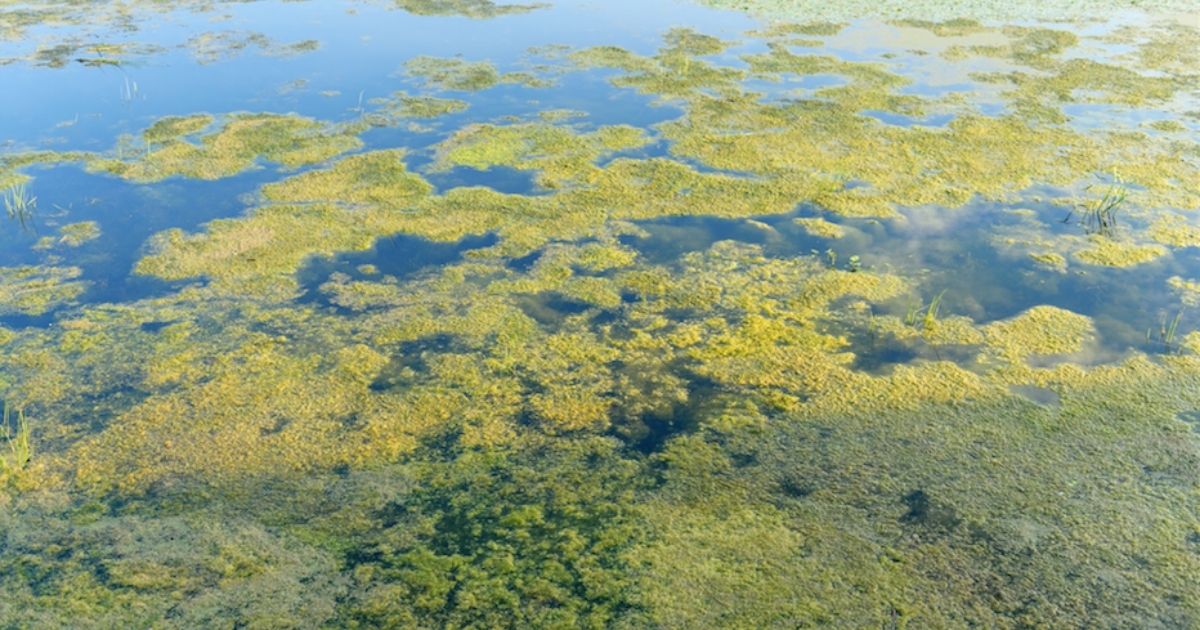LG Sonic launches a high-tech Phosphate (PO4) sensor during WEFTEC 2021, Oct. 18 - 20, in Chicago, IL.
Harmful Algae Blooms (HABs) are fueled by PO4. Knowing the source of PO4 enables us to apply more effective treatment.
The unique LG Sonic PO4 Sensor monitors PO4 in real-time, at different water depths. Through the implementation of the Yellow Method, the sensor provides highly accurate readings over a larger measurement range. What sets the LG Sonic PO4 Sensor apart is its stability at high temperature ranges, the lab-on-chip technology and the fact that it can operate completely autonomously.
The sensor has a robust design and high durability of reagents. It automatically calibrates and cleans for ease of use and minimal maintenance. Combined with the other LG Sonic monitoring solutions, customers gain a complete overview of their water quality, delivered in real-time to the MPC-View online software.
"Truly fulfilling to witness the launch of the PO4 sensor after 1.5 years of inhouse development. The complete design is a result of putting our customers' needs first and taking into account their invaluable feedback. The state-of-the-art lab-on-chip technology is capable of highly accurate and precise readings of phosphate. The ability to measure at different depths enables our customers to have a phosphate profile of their water body,” says Rahul Shenoy, R&D Manager at LG Sonic HQ.
He continues: "The automatic calibration ensures accuracy with each measurement and regular self-cleaning feature reduces the need for on-site maintenance. The system is set up to monitor and send the data via the existing MPC-View remotely.”
Nutrients, such as nitrogen and phosphorus, are essential in any aquatic ecosystem. Yet, their overabundance can cause several adverse health and ecological effects. The source of PO4 in a water body can vary. It’s important to know exactly where it comes from and in what quantity, as PO4 released from the sediments may require different solutions than PO4 flowing in from a stream. HABs are a growing environmental concern, affecting all parts of the world.
Excessive nutrient pollution entering water bodies, especially phosphorus and nitrogen, fuel the proliferation and severity of HABs. These blooms can cause serious illnesses in humans, animals, and fish. They degrade water quality and cause foul taste and bad smells.





